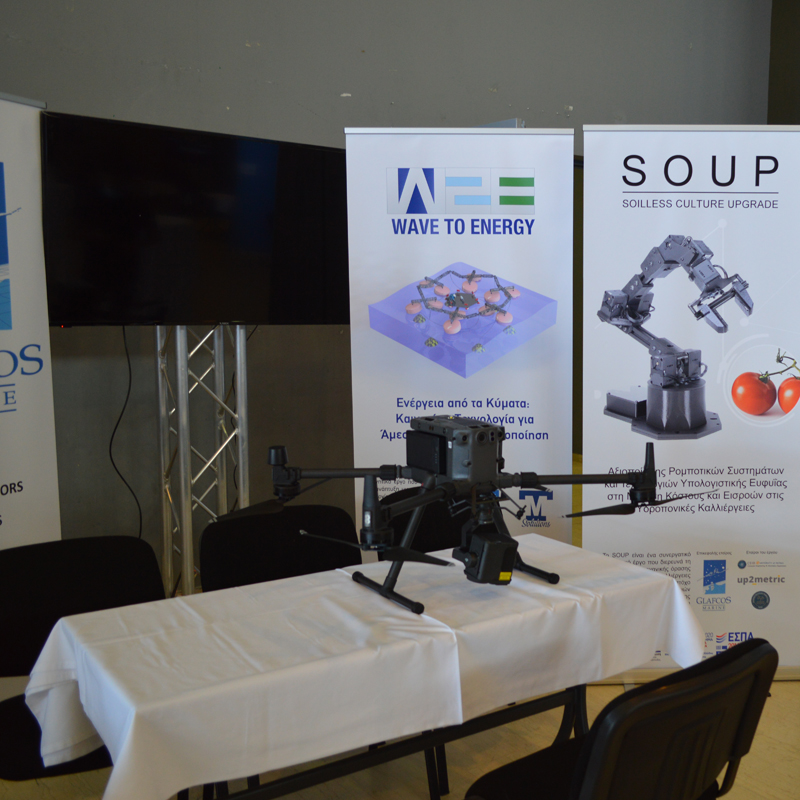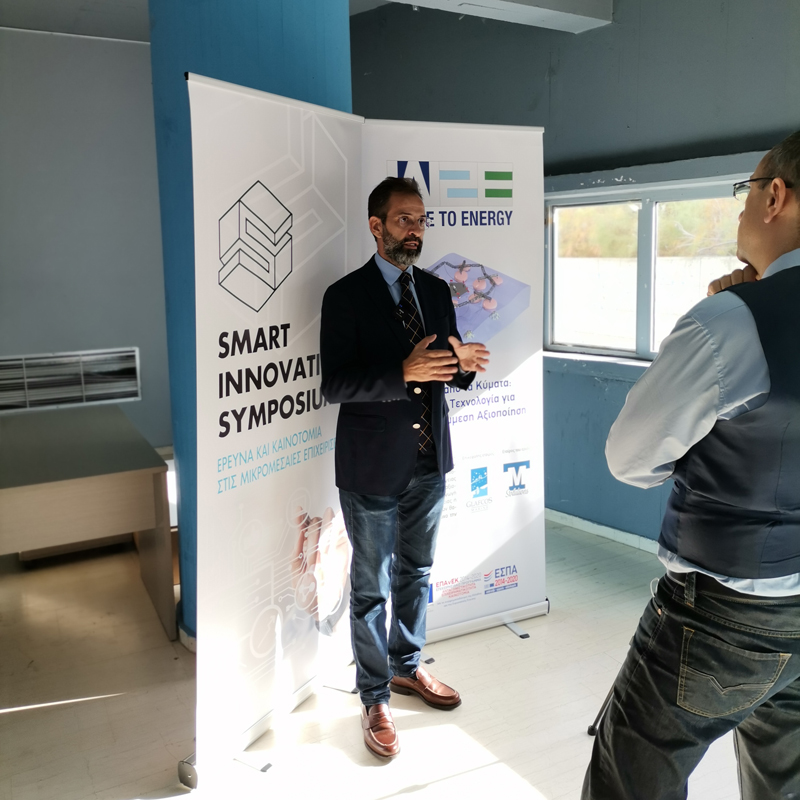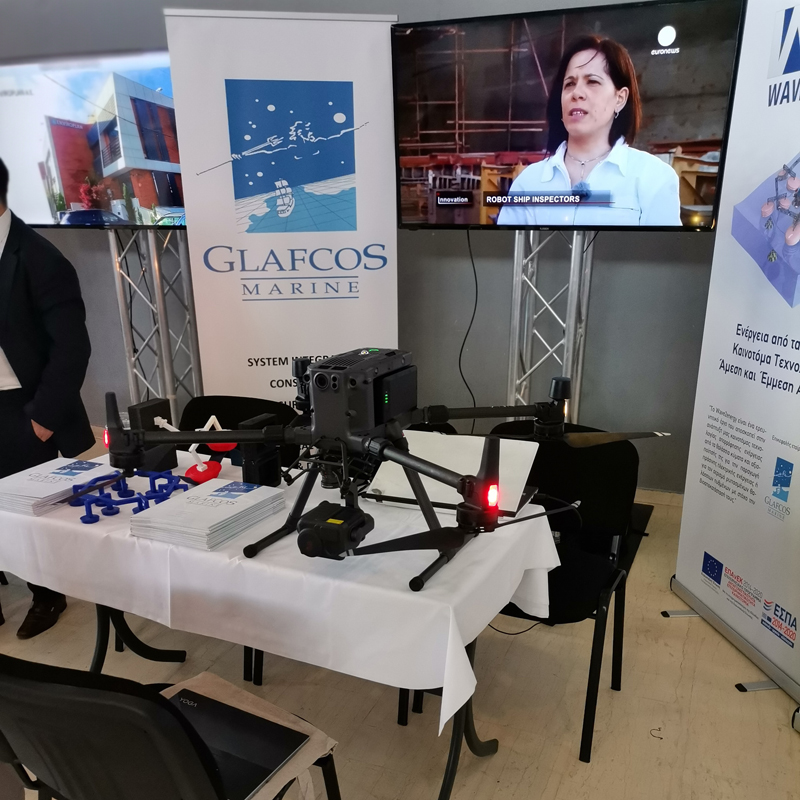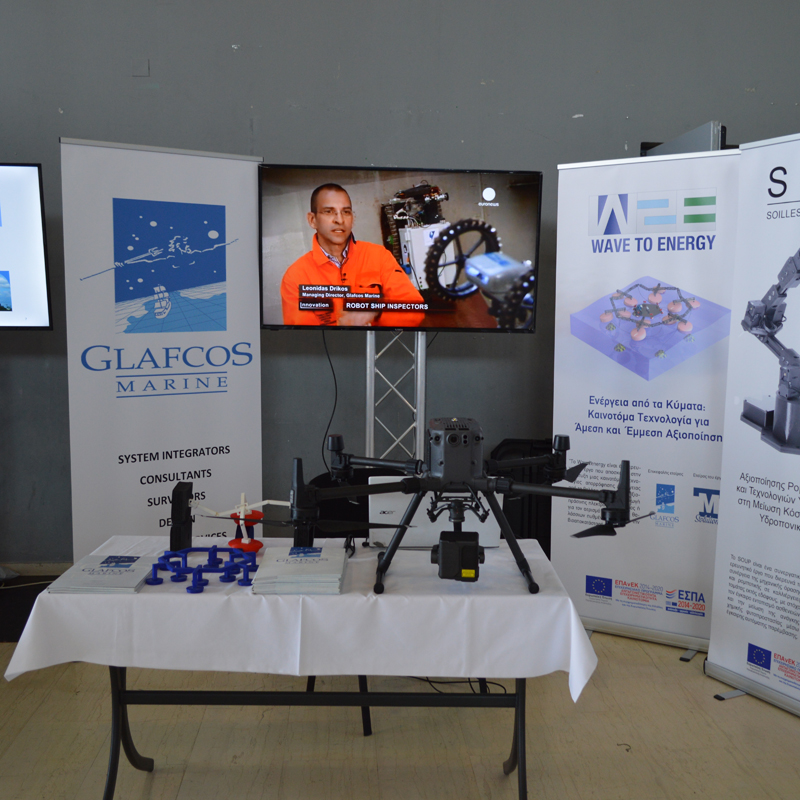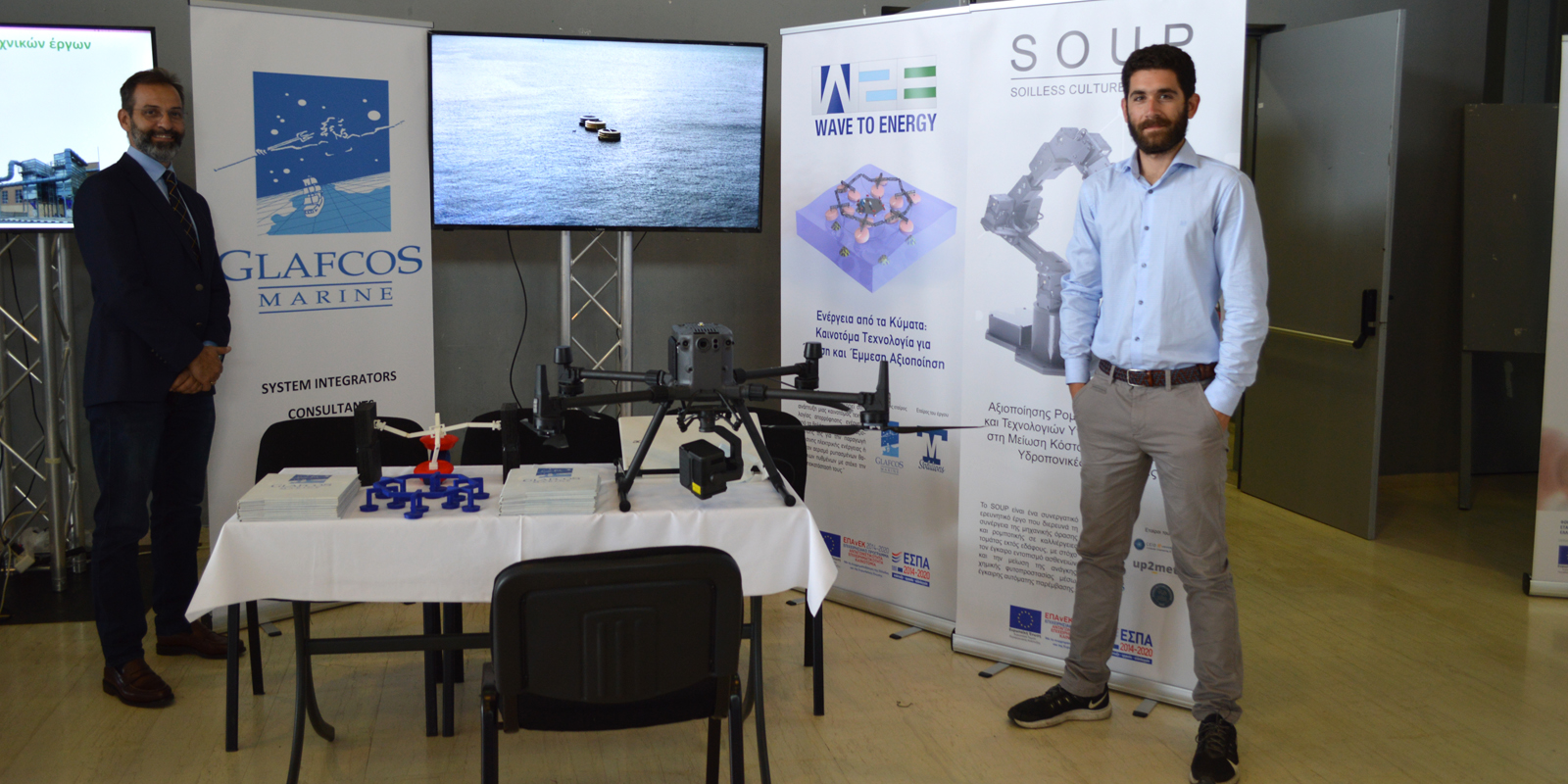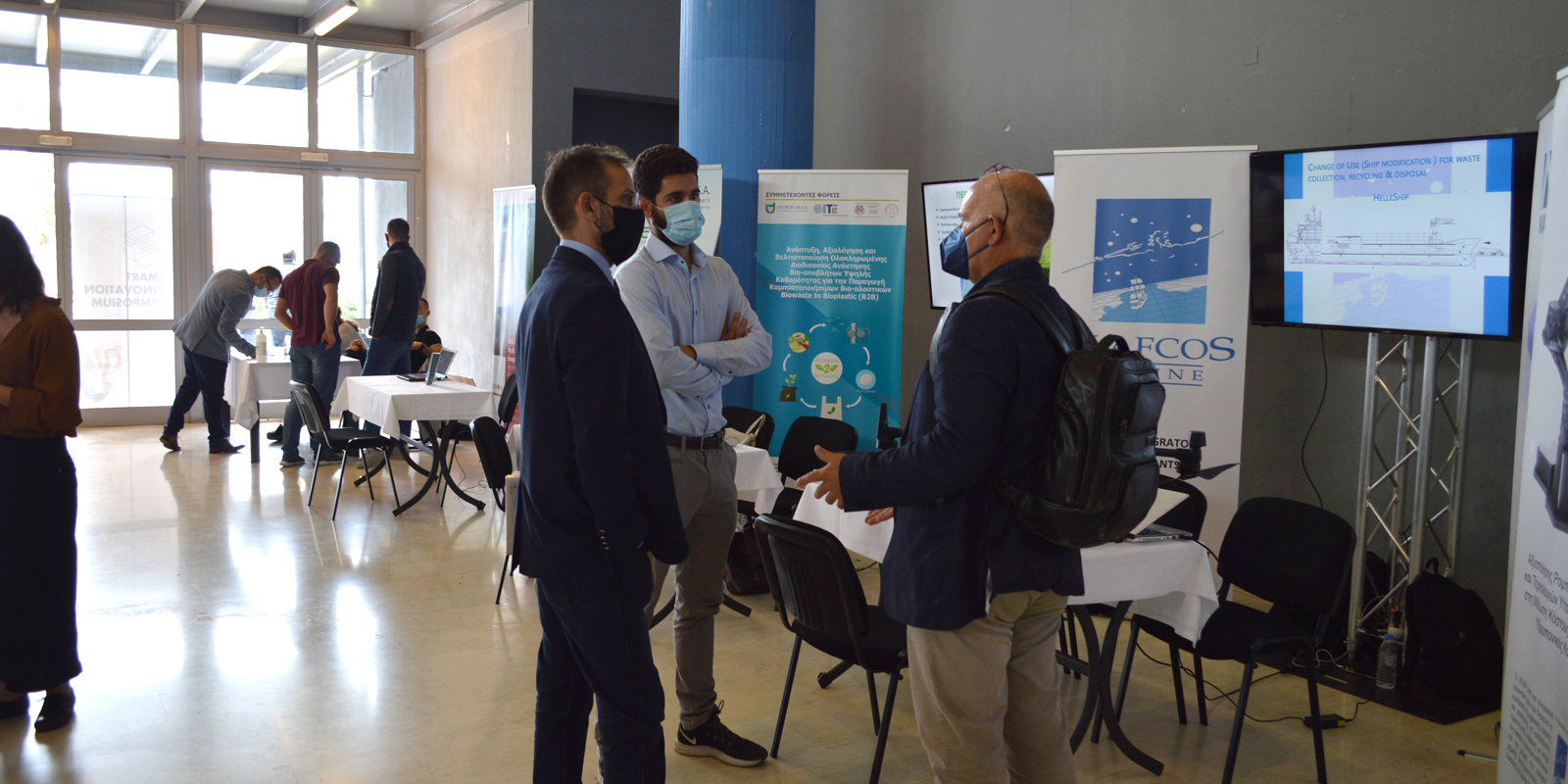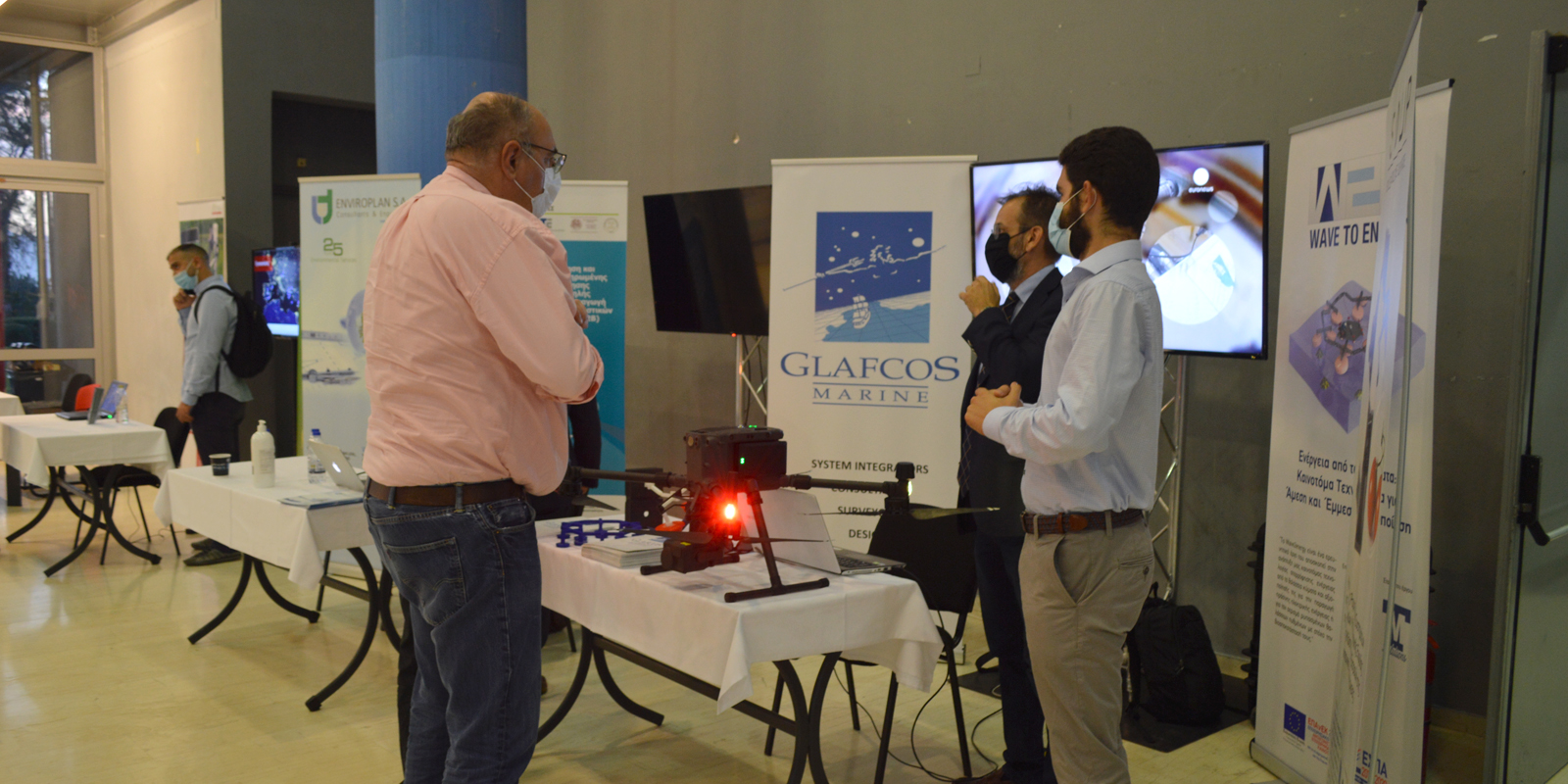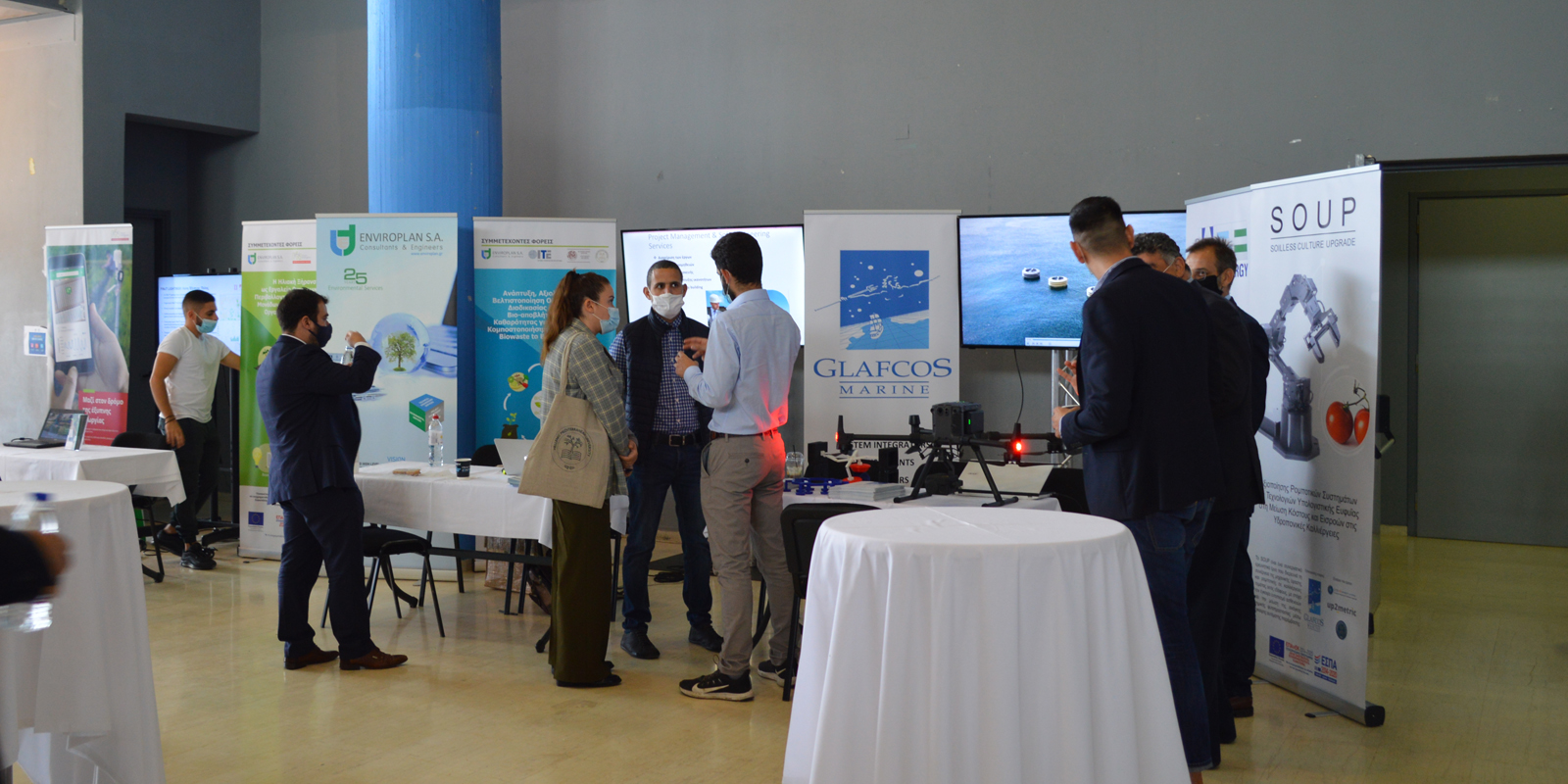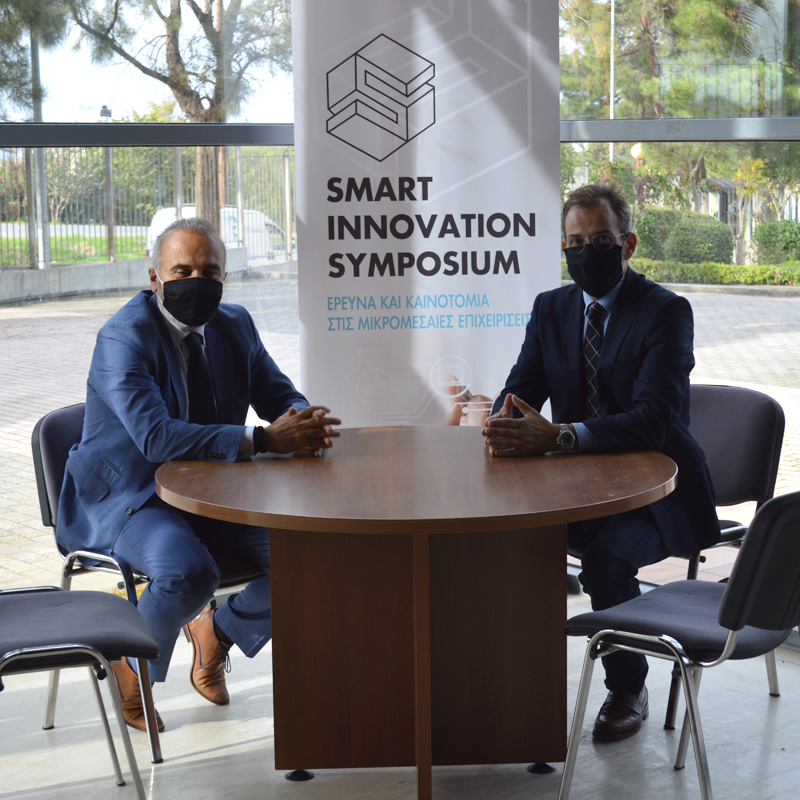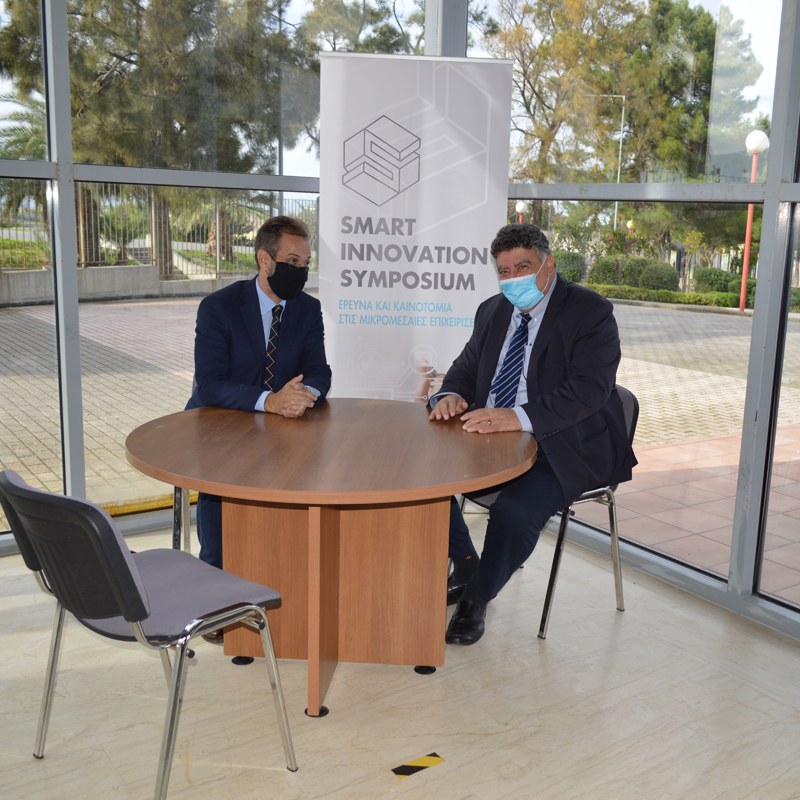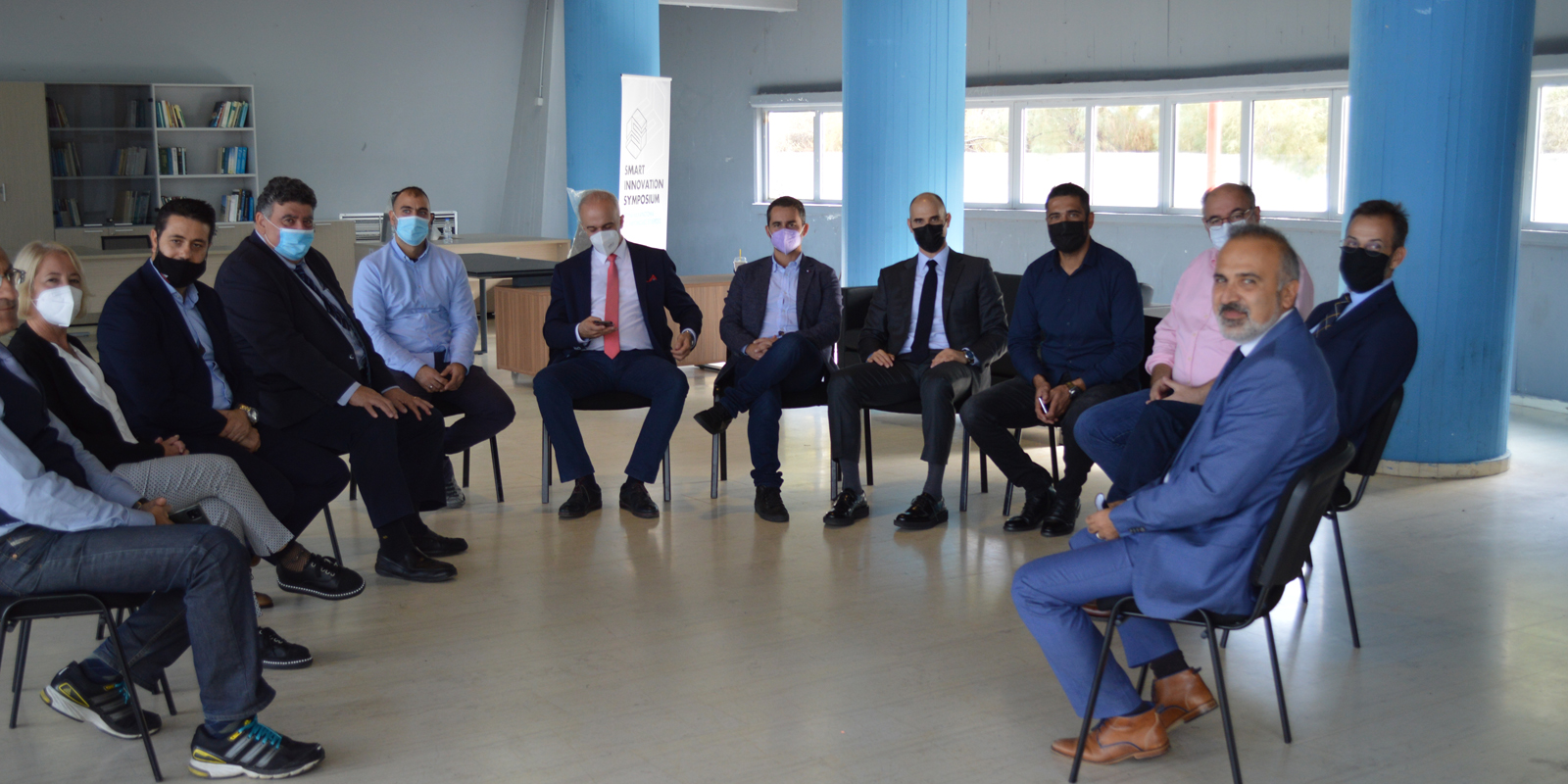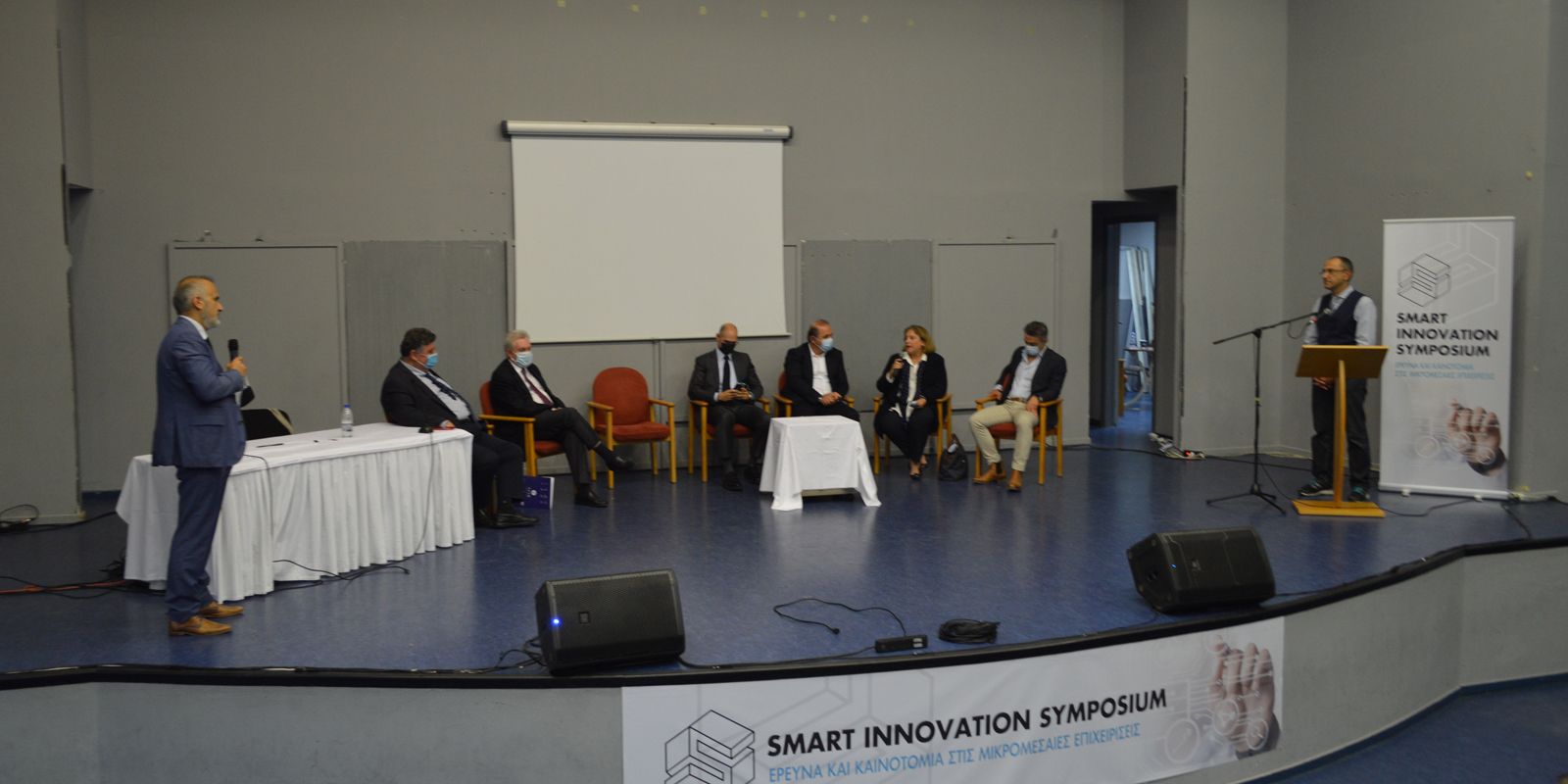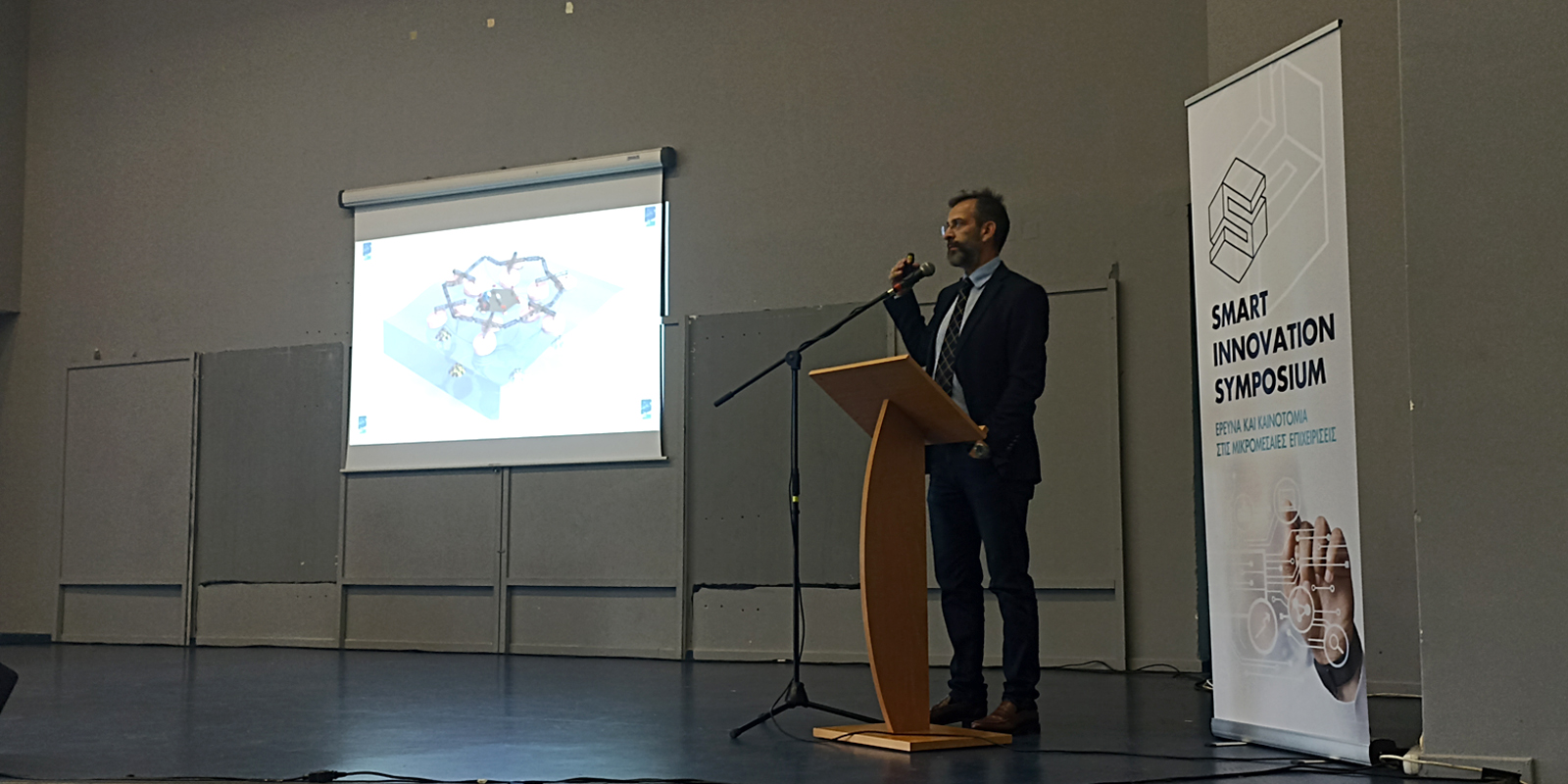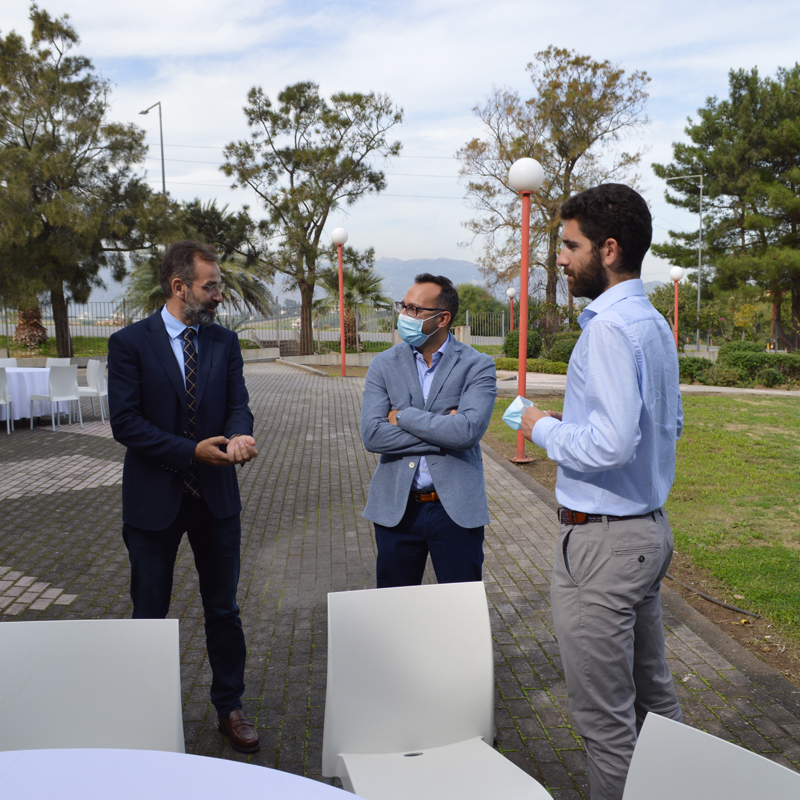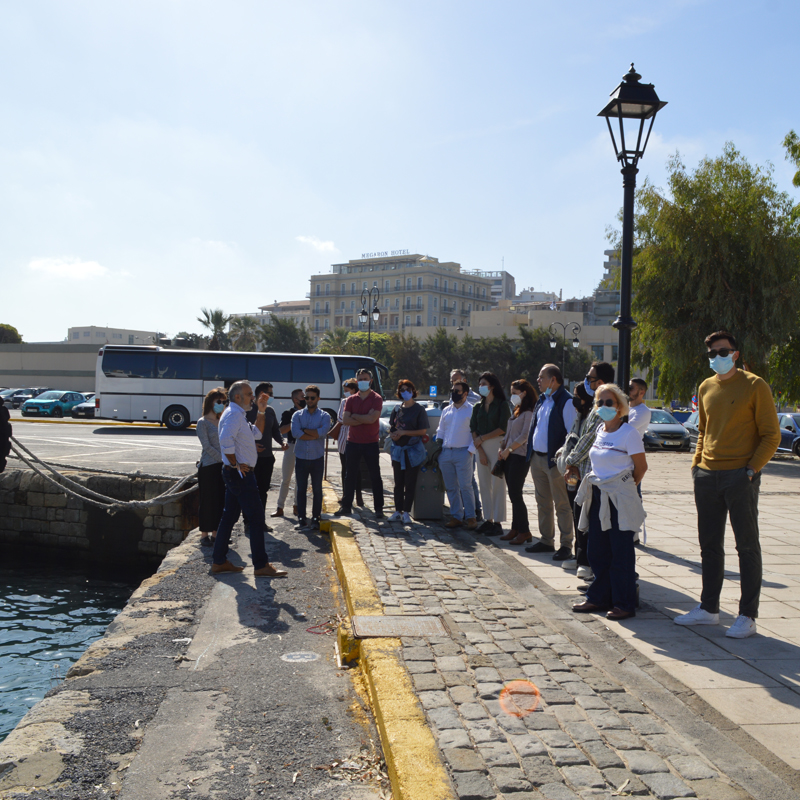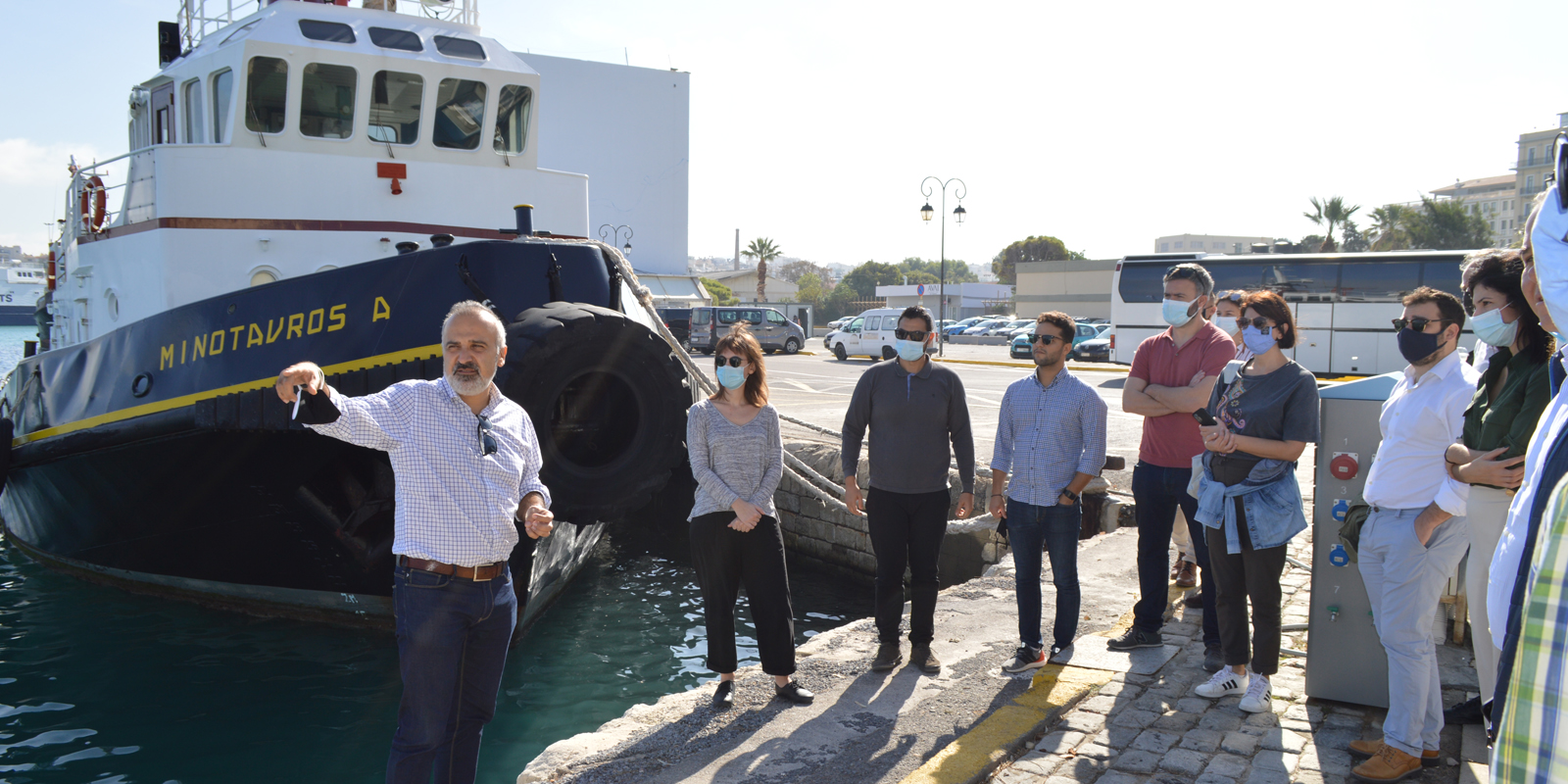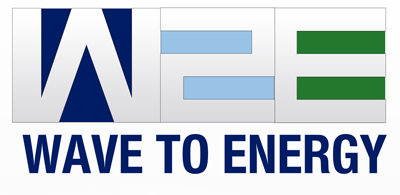Our motivation
Modern societies consume huge amounts of fossil fuels to cover their energy demands, leading to the exhaustion of the planet’s reserves and to the accelerating climate change. Due to these facts there is an emerging research activity on renewable energy sources, which are considered as “clean” energy, since during the energy production there are not emissions of pollutants and greenhouse gases. In addition, most of renewable energy sources are unlimited on our planet.
Wind turbines and solar panels appear to be the more developed and widely adopted renewable technologies until now. Contrary to that, the energy of sea waves, which has enormous global potential, has minimum exploitation. To highlight its potential, we state the rich energy content of sea waves. For instance, wave power contains about 1000 times the kinetic energy of wind. In addition, the earth is covered with over 70% with seas, and in combination with the fact that wave energy harvesting constructions require small or no portion of land makes the wave energy highly challenging. Estimations about the global potential of that energy source project that it could cover 5 times the annual global energy needs.
The potential of the Greek seas
We elaborate on the potential of the Greek seas regarding to the development of wave energy facilities. At first, we note that Greek seas are surrounded by land, which facilitates the energy transfer to onshore facilities and diminishes the risk for extreme weather phenomena, contributing this way to the reliability of the facility. Another advantage of the Greek seas is that there are some hot spots between islands, where wave energy reaches higher values due to channeling effects. However, from studies carried out on the wave characteristics of Greek seas, it is observed that the existing waves are characterized from a small significant height and high frequency, which were both discouraging factors for the development of a wave energy harvesting facility.
A solution adapted (not only) to the Greek seas
Based on the aforementioned information about Greek seas, we introduce a structure customized to adapt to the local wave characteristics. This structure consists of small parts enabling its functionality with waves of small wave height and high frequencies. This is accomplished with the help of floats which absorb the wave energy in this situation. In the case of greater waves, the whole structure is designed to oscillate and act as a big absorber. Furthermore, the construction is characterized by its scalability and its ability to harvest energy from waves from multiple directions. Finally, an additional point is that the whole system can sink to avoid damage from extreme weather conditions.
Partners
Glafcos Marine Ltd. is a technical group made up of Naval Architects, Marine, Mechanical, and Electrical Engineers, as well as Programmers, who provides consultancy services, software solutions, and systems to the marine and civil industries. Its offerings cover a wide range of ship demands from design through construction, sea trials, and operation. Glafcos' major areas of maritime services include consultancy for strategic planning and technical assistance for day-to-day operations, as well as inspection services, and is also a Classification Societies approved service provider member of the International Association of Classification Societies (IACS) in the field of non-destructive testing. The company is also involved in robotics R&D and has successfully introduced various robotic platforms into ship inspection procedures under certification.
Visit website
TM Solutions Ltd
TM Solutions Ltd (TMS) was created in 2011, aiming in providing specialized research and development services, related with environmental technology and medicine, mainly to the private sector.
Innovation, as a commercially successful new product or process, is the core of the TMS business model. This is achieved by:
• operating as a bridge between industry and research institutes
• realizing research projects that require a more realistic and industrial approach, and
• been directly involved in innovative business ventures.
Key issues in successfully achieving the above, is the close cooperation with both research and higher education institutes and the relevant industry, without barriers or prejudices.
Visit website
